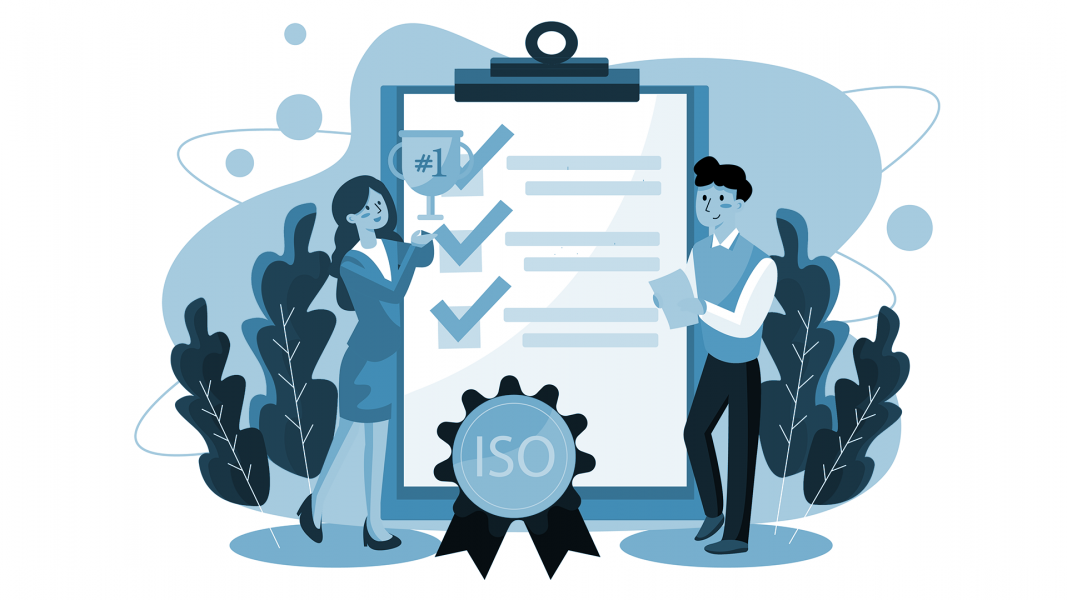
One of the major differentiators for companies that offer products is the adoption of Quality Management, as well as certifications related to the field. But, if your final product is a service, how do you differentiate yourself?
Good practices of Quality Management can also be applied to services, after all, they are a set of practices that help ensure that the products or services offered by a company or individual meet or exceed customer expectations.
In addition to involving a product or service, it considers the customer experience, including from the initial contact to post-sales or problem resolution. Its main goal is to build a lasting relationship, enhance the company’s reputation and establish a standard of delivery.
In service provision, Quality Management encompasses meeting deadlines, courteous service, customization and service improvement, as well as monitoring the lifespan of the equipment that the company uses or provides in maintenance services.
Quality involves all processes within the organization and the values perceived by customers, with the aim of continuously improving service effectiveness and customer satisfaction.
And for this to happen, management must establish standards and norms, process control, continuous improvement, employee involvement, consider customer feedback, prevent failures, documentation and recordkeeping.
Customer Satisfaction and much more
You’ve already understood that Quality Management directly impacts customer satisfaction, but what are the other benefits for the company and the involved public?
- Cost reduction: the improvement in service quality reduces costs in the long term, as more efficient processes and fewer operational failures directly impact the reduction of resource waste.
- Implementation of the best market practices: a Quality Management system follows internationally recognized standards, ensuring that the organization adopts the best practices available in the market.
- Excellence standard: Quality Management will establish a service delivery standard associated with continuous improvement, setting a high standard of service.
- Increased productivity: with defined processes and previously identified responsibilities, productivity increases significantly, allowing services to be delivered with less cost and in less time. This process optimization prepares the team to avoid non-conformities or rework.
Quality Management also impacts employees, improving internal communication, as all hierarchical levels need to be involved in the process, avoiding misunderstandings or distortions in predefined requirements.
Improve the Quality Management of your services
Adopting Quality Management practices in your company contributes to identifying areas for improvement in your services, correcting possible flaws and increasing customer satisfaction.
The first step is defining the company’s vision, mission and values. Then, getting to know your audience through analysis of previously collected data, surveys, or even new data collection and analysis.
A meticulous evaluation of processes is also one of the fundamental steps, as its main objective will be the identification of improvements and the standardization of these processes.
For this new process to be executed effectively, we depend on our collaborators, they need to be informed of all changes and updates. Trainings and meetings are suitable tools for training the entire team.
In order to verify and analyze if the strategy adopted by Quality Management is working, we need to establish performance indicators and monitor them frequently.
The evaluation of the quality of services provided is essential to identify strengths, areas for improvement and ensure customer satisfaction. Therefore, in addition to monitoring indicators, it’s necessary to follow up on the feedback collected, whether on the website or on social media.
For this implementation to occur, you can count on technology as your ally. Interact, for example, offers a Quality Management solution in the SA Suite. Capable of integrating Strategic Management through action plans and indicators, document management, incident management, audits and risk control.
Total Quality Management relies on the SA Governance Manager, SA Document Manager, SA Risk Manager, SA Audit Manager and SA Occurrence Manager for greater security for companies seeking management excellence and the achievement of certifications and accreditations.
Quality Management has transformed businesses into large service companies
Despite McDonald’s having a final product, it needed to optimize its service through Quality Management to become the heavyweight brand it is today. In the 1940s, the McDonald brothers realized that most diners in the US had production deficiencies and were providing poor service.
When they created McDonald’s, they reorganized the kitchen based on what they saw in benchmarking, reduced the portfolio of products that would be offered and implemented a system of orders without waiters, focusing exclusively on delivery performance. Thus, this system was passed from franchise to franchise throughout the business expansion and the service became standardized.
On the other hand, Azul Brazilian Airlines gained a considerable share of the air travel market by investing in a strategy of service excellence. Its four basic pillars were Human Resources, Reliability, Need and Differentiation.
Author:

Bianca Wermann
Journalist, Communication and Marketing Analyst at Interact Solutions.



